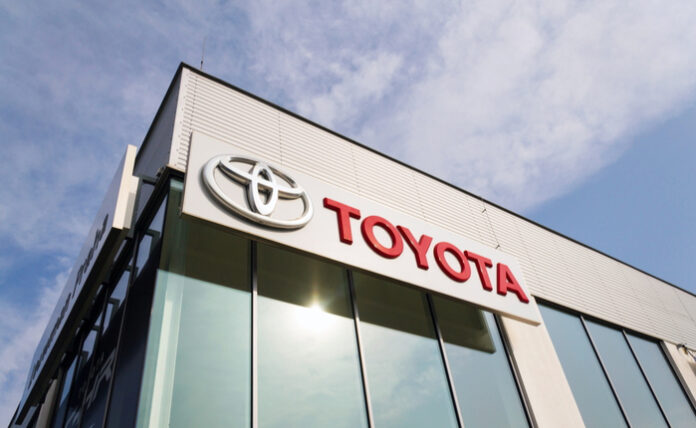A new self-driving project generated by Toyota and Aurora is due to hit Texas streets soon.
Reuters reports a series of autonomous vehicles will be operating in the Dallas-Fort Worth area on airport routes and local highways and side streets.
“The route showcases Aurora’s ability to safely operate at highway speeds, a key technical differentiator that allows it to prioritize popular and lucrative rides,” Aurora spokespersons said.
This new project represents a new wrinkle in a rivalry between several vanguard self-driving firms acquired by larger partners.
One is Waymo, spun up as a division of Google/Alphabet.
Aurora, for its part, has evolved from Uber’s self-driving division with a strategic acquisition in the mix.
Founded in 2017, Aurora has a short history. But its executives have deep and diverse experience with autonomous vehicles,” wrote Sean O’Kane at The Verge in July of last year, going over the firm’s track record. “Chris Urmson, who architected Google’s self-driving car project before it was spun off as Waymo, started plotting Aurora in 2016… Since then, Aurora has been developing the hardware and software required to allow vehicles to drive themselves — a package of technologies that it calls the Aurora Driver. The startup already has deals in place with companies like Uber, Toyota, and Volvo to use the Aurora Driver. Aurora also bought Uber’s entire self-driving division at the end of last year.”
So that’s part of the new impetus for passenger vehicles – what about freight?
Some analysts looking at the situation closely believe that companies will pioneer “depot-to-depot” self-driving trucking transportation before tackling things like robo-taxis.
“In ride hailing, robo-taxis need to outperform and undercut a large, flexible and relatively cheap pool of gig workers,” writes Ira Boudway at Bloomberg. “Truck drivers, on the other hand, are in short supply, a problem that only promises to get worse as e-commerce continues to boom. In one possible version of the autonomous future — a model known as “depot-to-depot”—robot drivers would cover the long and relatively simple stretches of interstate driving and leave the trickier surface streets to human drivers who would take over at highway off ramps. The robots could operate for hours on end without running afoul of service time rules and needing to stop only for fuel, while truckers would still have jobs and could sleep in their own beds at night.”
Keep an eye on self-driving vehicle evolution as we get closer to seeing these driverless cars piloting themselves on our local roadways.










